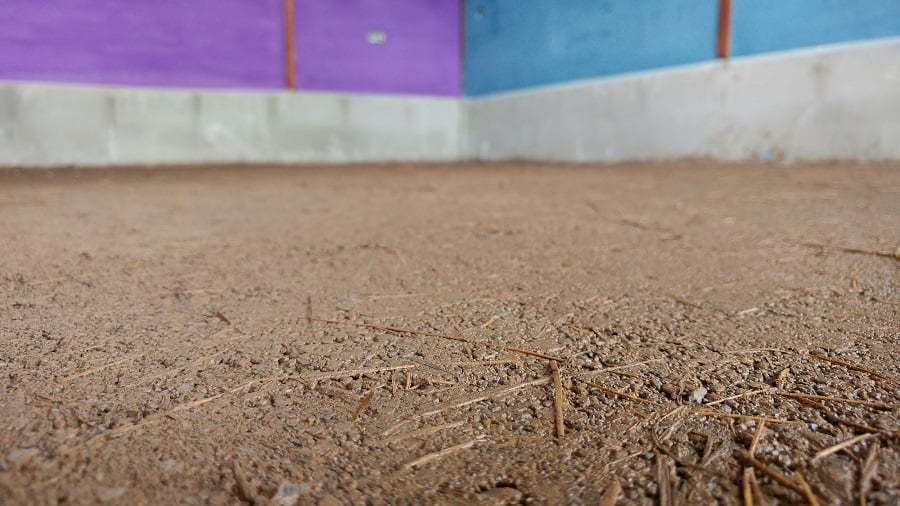Last updated on
Discover budget-friendly and effective alternatives to traditional water filters, with their pros and cons analyzed, as a seasoned male home decorator shares his expertise in creating stunning decor while keeping your health in check.
When it comes to water filters, it’s tempting to splurge on expensive models that promise the purest and healthiest water.
However, there are alternative ways to filter your tap water without spending a fortune. In this article, I share ten water filter alternatives with their advantages and disadvantages.
Whether you’re looking for an eco-friendly option or simply want to save money, there’s something for everyone in this list. So let’s dive in and explore these creative solutions for cleaner drinking water!
Boiling Water

When it comes to water filtration, boiling is one of the oldest and most traditional methods. Boiling water can effectively kill bacteria and other harmful microorganisms that may be present in the water.
Boiling is a low-cost option as it requires only a heat source such as a stove or fire.
However, there are some disadvantages to consider when using this method. Boiling can be time-consuming especially if you need large amounts of filtered water for drinking or cooking purposes.
It also requires energy which means higher utility bills if done frequently.
Despite these drawbacks, boiling remains an effective alternative for those who want to filter their own tap water without spending too much money on expensive filters or systems. Just make sure to let the boiled water cool down before consuming it!
Chlorine Tablets
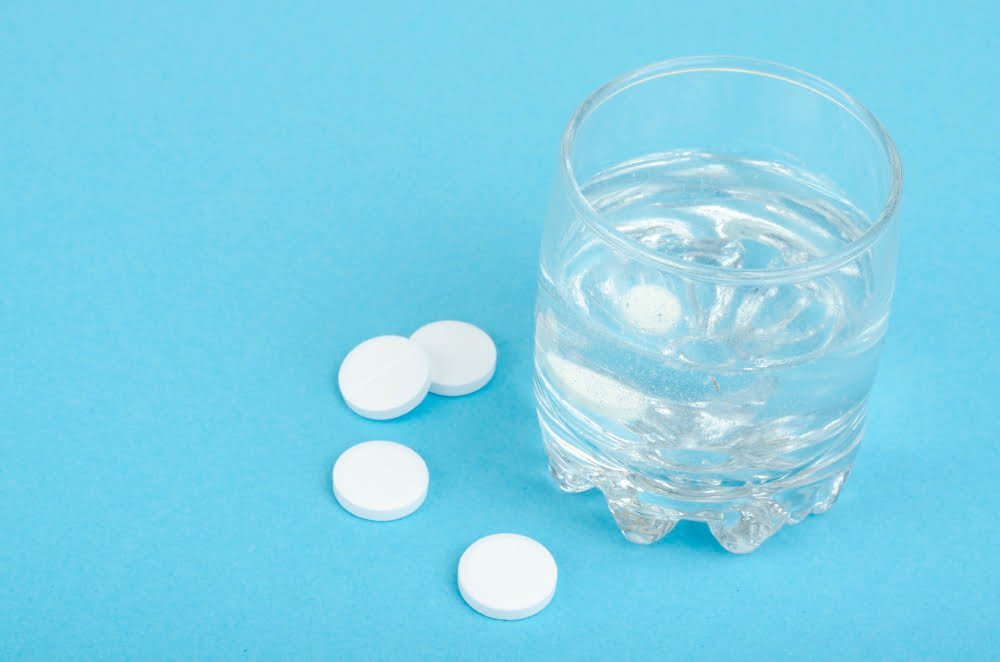
Chlorine tablets are a popular choice for those who need a portable and effective solution. These small tablets can easily fit in your backpack or emergency kit, making them ideal for camping trips or other outdoor activities where clean drinking water may not be readily available.
One of the main advantages of using chlorine tablets is their effectiveness at killing bacteria and viruses that may be present in untreated water sources. They work by releasing chlorine into the water, which destroys harmful microorganisms and makes it safe to drink.
However, one major disadvantage of using these tablets is the chemical taste they leave behind in the treated water. Some people find this taste unpleasant or even intolerable, especially if they have sensitive palates.
Another downside to consider when using chlorine tablets as a filter alternative is their impact on the environment. Chlorine is considered an environmental pollutant that can harm aquatic life if released into natural bodies of water without proper treatment.
While there are some clear benefits to choosing chlorination as your method for filtering drinking-water on-the-go; you should weigh up both its pros and cons before deciding whether this option suits your needs best!
UV Light Purifiers
UV light purifiers are a popular choice. These devices use ultraviolet radiation to kill viruses and bacteria in the water, making it safe for consumption.
One of the biggest advantages of using a UV light purifier is its effectiveness against harmful microorganisms that can cause illnesses such as diarrhea, cholera, and typhoid fever.
However, one major disadvantage of this type of water filter alternative is its expensive upfront cost. Compared to other options like activated carbon filters or ceramic filters which have lower initial costs but require frequent replacement or cleaning; UV light purifiers may not be affordable for everyone.
Despite this drawback though, many people still choose to invest in these devices because they offer long-term savings on maintenance costs since they don’t require regular replacements like other types of filters do. Some models come with additional features such as alarms that alert you when the bulb needs replacing so you won’t have any guesswork involved in maintaining your device’s efficiency over time.
Overall if you’re looking for an effective way to ensure clean drinking water at home without breaking your budget then considering investing in a high-quality UV Light Purifier might just be worth exploring further!
Ceramic Filters
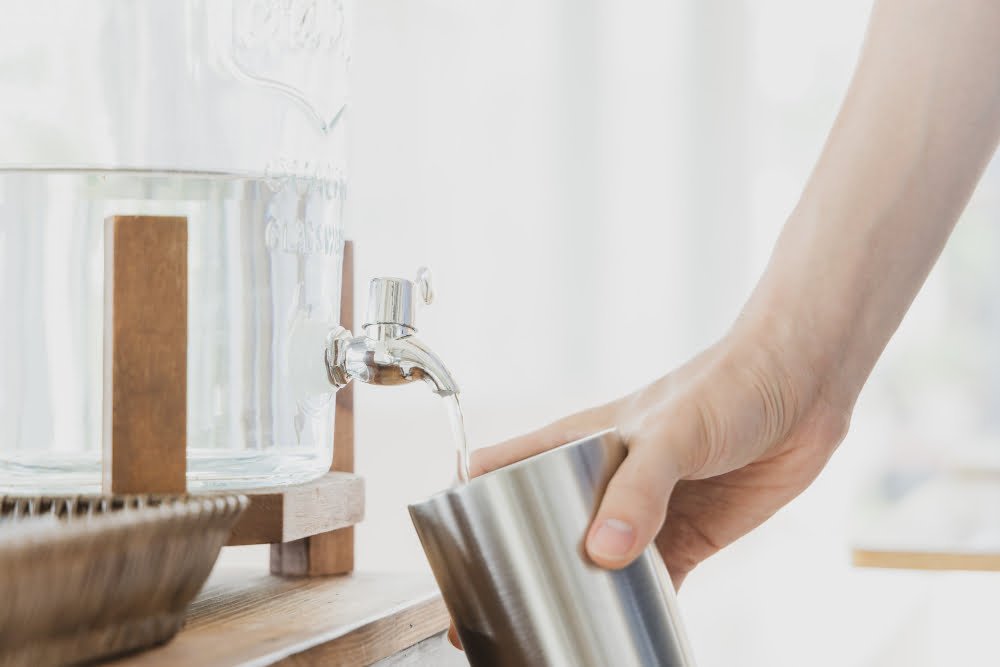
Ceramic filters are a popular alternative to traditional water filters. They consist of small pores that trap contaminants as the water passes through them.
One of the biggest advantages of ceramic filters is their long-lasting filter life, which can last up to 12 months or more with proper maintenance. However, it’s important to note that ceramic filters have limited contaminant removal capabilities compared to other types of filtration systems such as reverse osmosis or activated carbon.
Ceramic filters are best suited for removing bacteria and sediment from drinking water but may not be effective in removing chemicals or heavy metals present in some sources of tap water.
Activated Carbon Filters
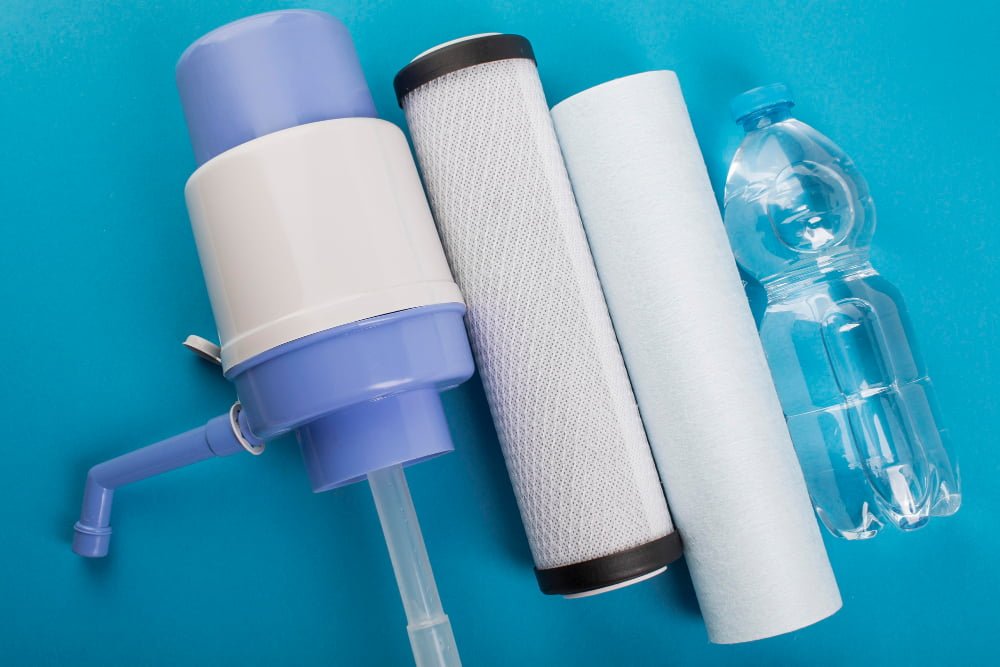
Activated carbon filters are a popular choice for water filtration due to their ability to remove unpleasant odors and tastes from the water. These filters work by absorbing impurities through activated carbon, which is treated with oxygen to create millions of tiny pores between the carbon atoms.
However, it’s important to note that activated carbon filters may not be effective against heavy metals such as lead or arsenic. Therefore, if your water source contains high levels of heavy metals, you may need an alternative filter option that can effectively remove them from your drinking water supply.
Distillation
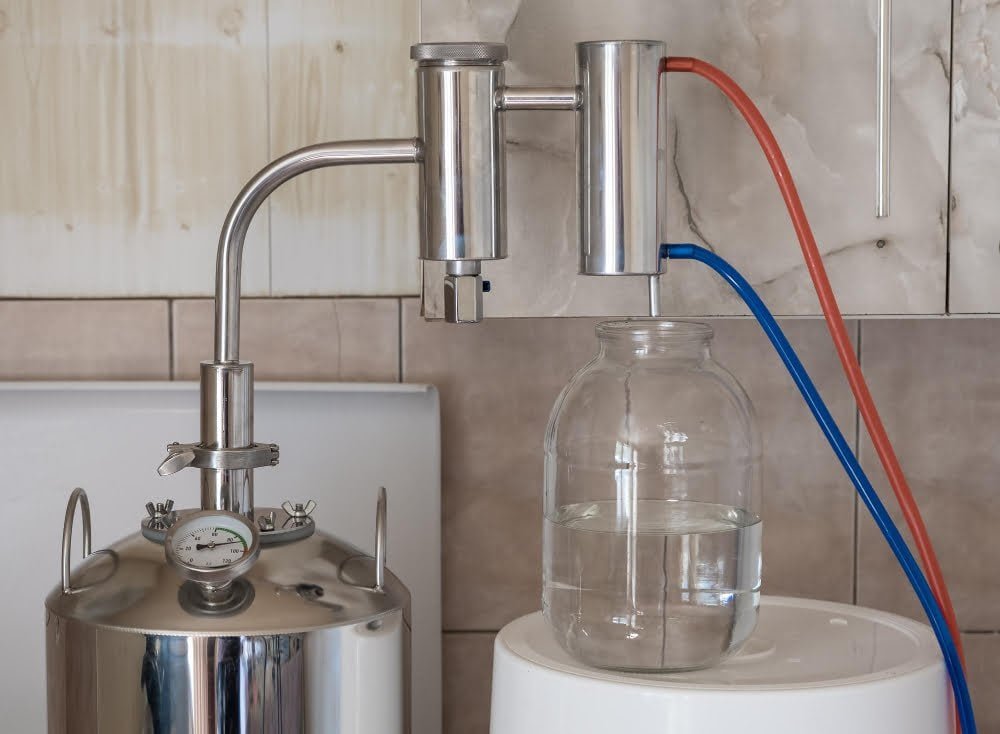
Distillation is a water filtration method that involves boiling water and then collecting the steam as it condenses. This process effectively removes most contaminants, including bacteria, viruses, and heavy metals.
However, distillation can be a slow process that requires significant energy input to heat the water to boiling point. Some volatile organic compounds (VOCs) may not be removed through distillation alone and may require additional treatment methods for complete removal.
Despite these drawbacks, distillation remains an effective alternative for those seeking purified drinking water without relying on traditional filters or bottled options.
Reverse Osmosis
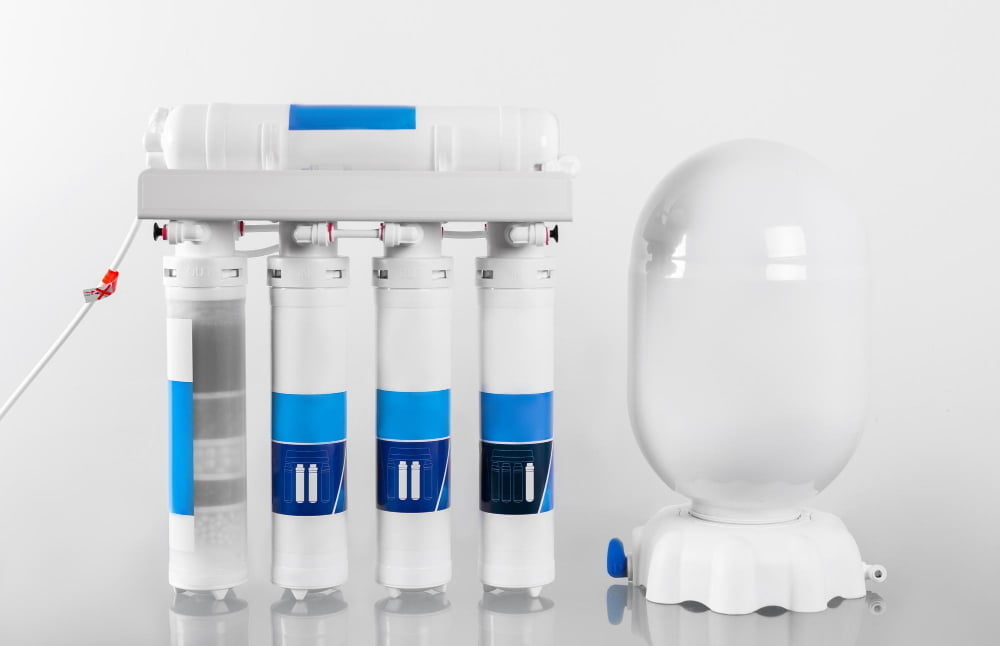
Reverse osmosis is a popular water filtration method that uses a semi-permeable membrane to remove impurities from water. One of the main advantages of reverse osmosis is its high filtration efficiency, which can remove up to 99% of contaminants such as lead, arsenic, and fluoride.
This makes it an excellent choice for households with poor quality tap water or those who want extra protection against harmful substances.
However, one major disadvantage of reverse osmosis systems is that they waste a lot of water during the filtration process. For every gallon of purified drinking water produced by the system, several gallons are wasted and flushed down the drain.
This not only increases your monthly utility bill but also puts additional strain on local resources.
Another potential downside to consider when choosing this type of filter is its installation cost. Reverse osmosis systems require professional installation and can be expensive upfront compared to other types like activated carbon filters or ceramic filters.
While reverse osmosis offers superior purification capabilities compared to many other alternatives on the market today; it may not be suitable for everyone due mainly because it wastes so much precious resource -water- in order produce clean drinking supply at home..
Biosand Filter
The biosand filter is a popular alternative that has been used for decades. One of the biggest advantages of this type of filter is its eco-friendliness.
Unlike other filters that require electricity or chemicals, biosand filters use natural processes to purify water.
Another advantage is affordability. Biosand filters can be made using locally sourced materials such as sand and gravel, making them accessible and affordable for many communities around the world.
However, there are also some disadvantages to consider when using a biosand filter. The first one being their bulky size which makes them difficult to transport from one place to another.
They have a slow filtration rate compared with other types of water filters on the market today.
Despite these drawbacks though, if you’re looking for an affordable and environmentally friendly way to purify your drinking water at home or in your community then a biosand filter could be just what you need!
Solar Disinfection
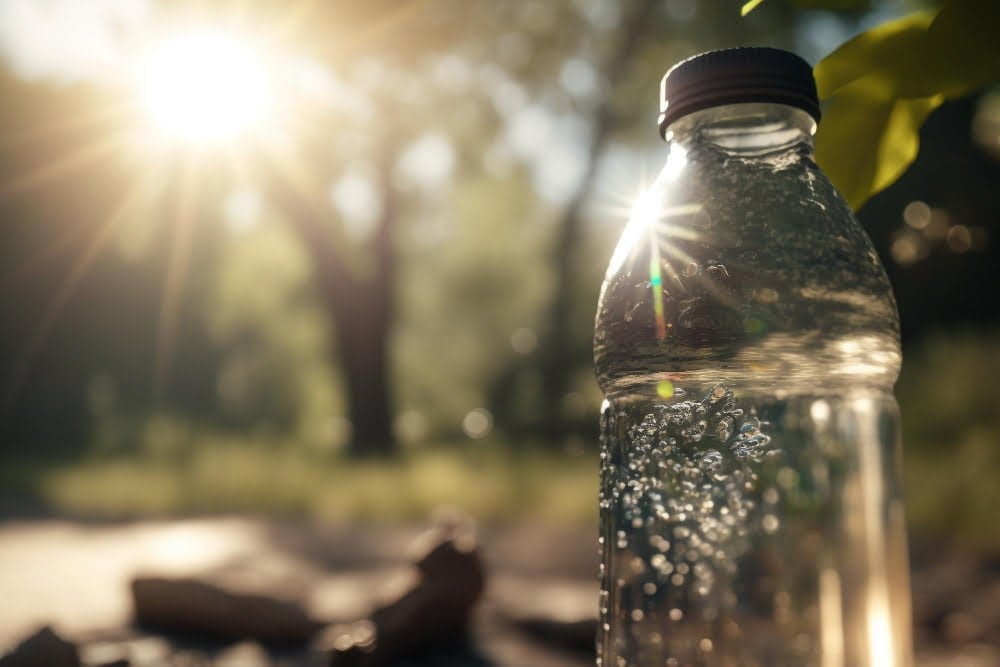
One of the alternative water filter options that has gained popularity in recent years is solar disinfection. This method involves using sunlight to kill bacteria and viruses present in the water.
The process is simple: fill a clear plastic bottle with water, shake it vigorously for a minute or two, then leave it out in direct sunlight for six hours.
One major advantage of this method is that it requires no additional energy source beyond sunlight, making it an incredibly cost-effective option. The process itself is easy to use and requires minimal equipment.
However, there are also some disadvantages to consider when using solar disinfection as a water filter alternative. Firstly, its effectiveness can be weather-dependent; if there isn’t enough sun exposure on any given day (due to cloud cover or other factors), then the purification process may not work as well.
Furthermore, this method has limited capacity – you can only purify one bottle at a time – which may not be practical for larger households or groups of people who need access to clean drinking water regularly. Despite these limitations though,solar disinfection remains an effective and affordable way of filtering your drinking waters while enjoying free energy from nature’s most abundant resource- sunshine!
Gravity Fed Systems
Gravity-fed water filter systems are a popular alternative to traditional electric-powered filters. One of the biggest advantages of these systems is that they do not require electricity, making them ideal for use in areas where power supply is limited or unreliable.
Gravity-fed filters are portable and can be easily moved from one location to another without any hassle.
However, there are some disadvantages associated with these types of filtration systems as well. The flow rate may be limited due to the reliance on gravity alone for water pressure.
Also, periodic maintenance is required to ensure that the system continues functioning properly and effectively removes contaminants from the water source.
Despite their limitations, gravity-fed filtration systems remain a cost-effective option for those looking for an alternative way to filter their drinking water while also being environmentally conscious by reducing energy consumption.
Recap



